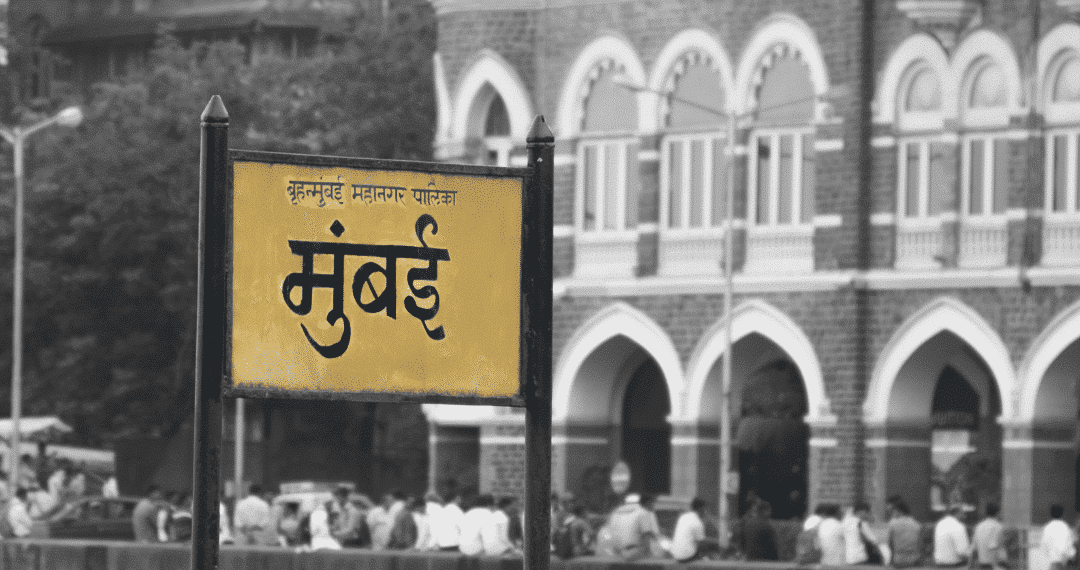Mumbai – the city of dreams- is the capital of the state of Maharashtra and one of the most populated cities in India and the entire world.
The current population of Mumbai is estimated to be around 22 million, and according to a report by the UN, it is expected to reach 28 million by 2030.
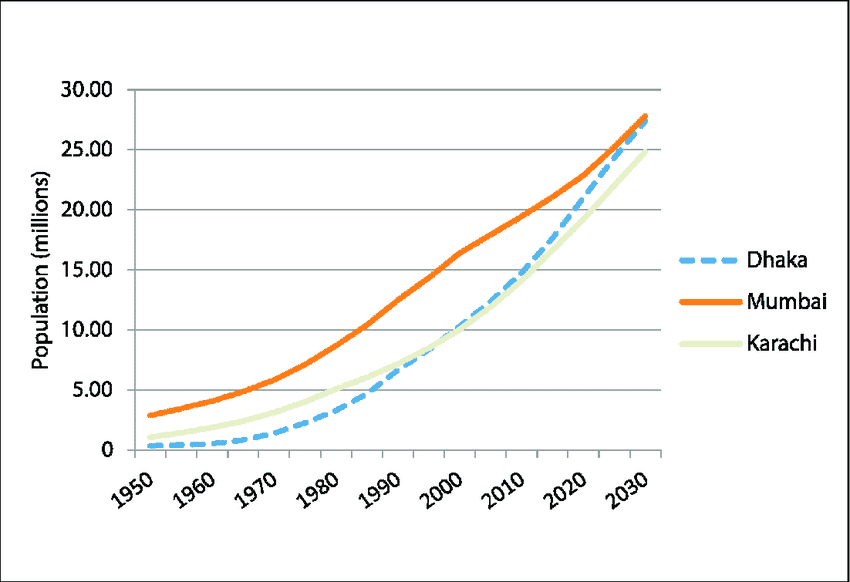
This cosmopolitan city speaks over 16 major languages and has a large population of polyglots. Marathi, Hindi, Gujarati, and English are the major languages spoken in Mumbai. These are some of the most spoken languages of Maharashtra as well.
Not to forget the colloquial language of Mumbai – “Bambaiya”, also known as “Mumbaiya”. It is a local dialect used by the citizens of Mumbai and is a mix of Hindi, Marathi, and English.
Mumbai’s linguistic diversity presents an opportunity for the growth of any translation agency in Mumbai.
Read on to know more about the languages spoken in Mumbai.
Looking for translation services in Mumbai?
We provide professional translation services in Mumbai for any form of content in Marathi, Hindi, and 70+ languages.
Languages spoken in Mumbai
Marathi is the official language of Mumbai and the mother tongue of this growing ‘financial capital of India’ with around 42% of the population speaking in Marathi. Next, is Hindi which is spoken by almost 30% of the population.
Mumbai is also home to the fifth largest Gujarati-speaking population where 19% of the city speaks Gujarati.
Immigrants from all over the country have contributed to the cultural and linguistic diversity of Mumbai. In addition to the four main languages spoken in Mumbai, numerous other languages have also found their homes, including Konkani, Tulu, Parsi, Kannada, Telugu, Tamil, Arabic, Bengali, Odia, Urdu, Bhojpuri, and many more.
Also read: How Many Languages Are Spoken in Bangalore?
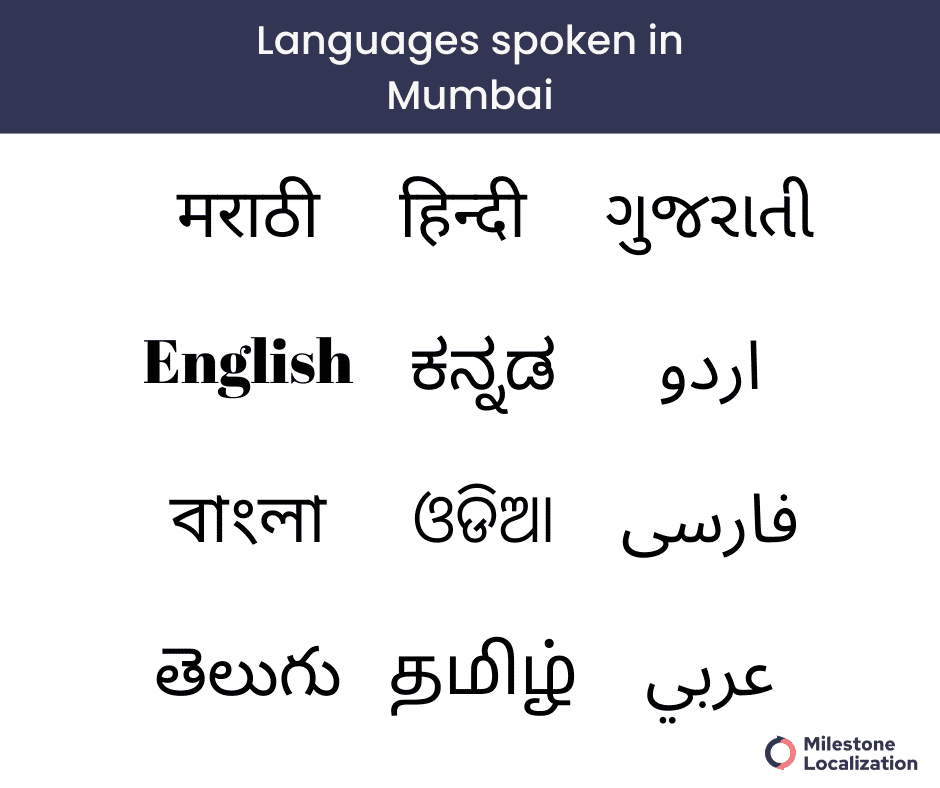
Multilingual Mumbaikars – the polyglottic citizens of Mumbai can often be found switching languages from Marathi – the mother tongue, to Hindi, English, or Gujarati multiple times a day.
On a day-to-day basis, be it in the infamous Mumbai local trains or a shopping complex, you can hear two major languages – English and Hindi. If you want to survive in the city, knowing any of these two languages can suffice.
The city has a literacy rate of 86% and most people can well understand English or rather Hinglish.
Also read: Hinglish – A report on Usage and Popularity in India
Mumbaiya Hindi
Mumbai, the city of seven islands, has its very own dialect of Hindi popularly known as Mumbaiya or Bambaiya Hindi. This local dialect is widely known throughout India and can often be seen in Bollywood Movies.
Among the many neologisms that originated in Bambaiya Hindi, the word “bindaas” was incorporated into the Oxford English dictionary. It is believed to have been derived from the Marathi word “bindhast” meaning relaxed or without fear.
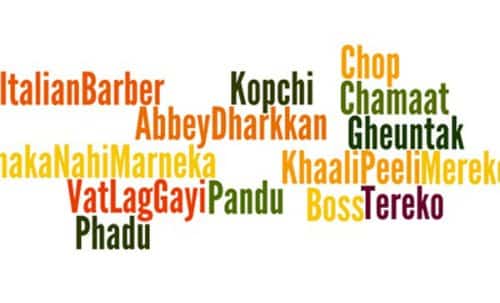
One can hear Bambaiya Hindi or the Mumbai slang frequently as it is spoken by the Mumbaikars daily. It is also popularly known as Tapori Bhasha. Tapori translates to a vagabond or rowdy in Hindi and the language is often not very polite.
Also read: Top 10 Translation Companies in India
For example, कच्चा लिम्बू ( kaccā limbū) which means rookie/Noob, and फट्टू(phaṭṭū) from the Marathi slang – फटरू (phaṭarū) meaning coward.
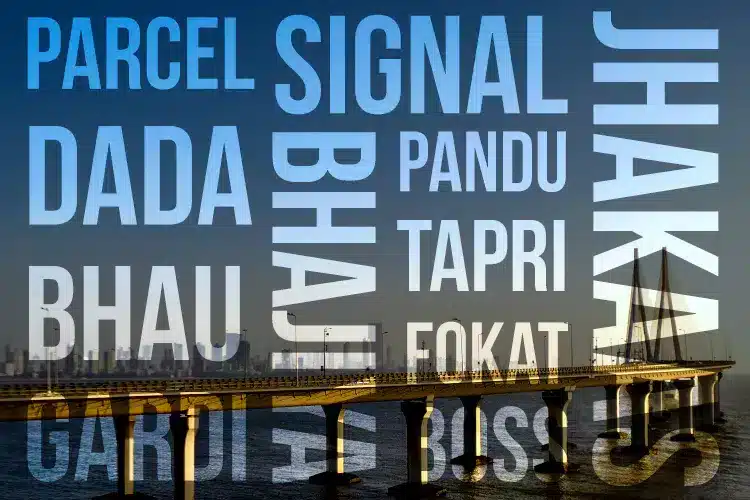
The most famous phrase used by the people of Mumbai is “Amchi Mumbai” which means “My Mumbai”.
Also read: 10 Interesting Facts About The Bengali Language
Origin and influence of other languages on Marathi
Marathi is one of the major languages of Maharashtra , belonging to the Indo-Aryan family of languages and is derived from Sanskrit through a Prakrit dialect called Maharashtri. The grammatical structure of these languages is similar to that of other Indo- Aryan languages such as Punjabi and Hindi.
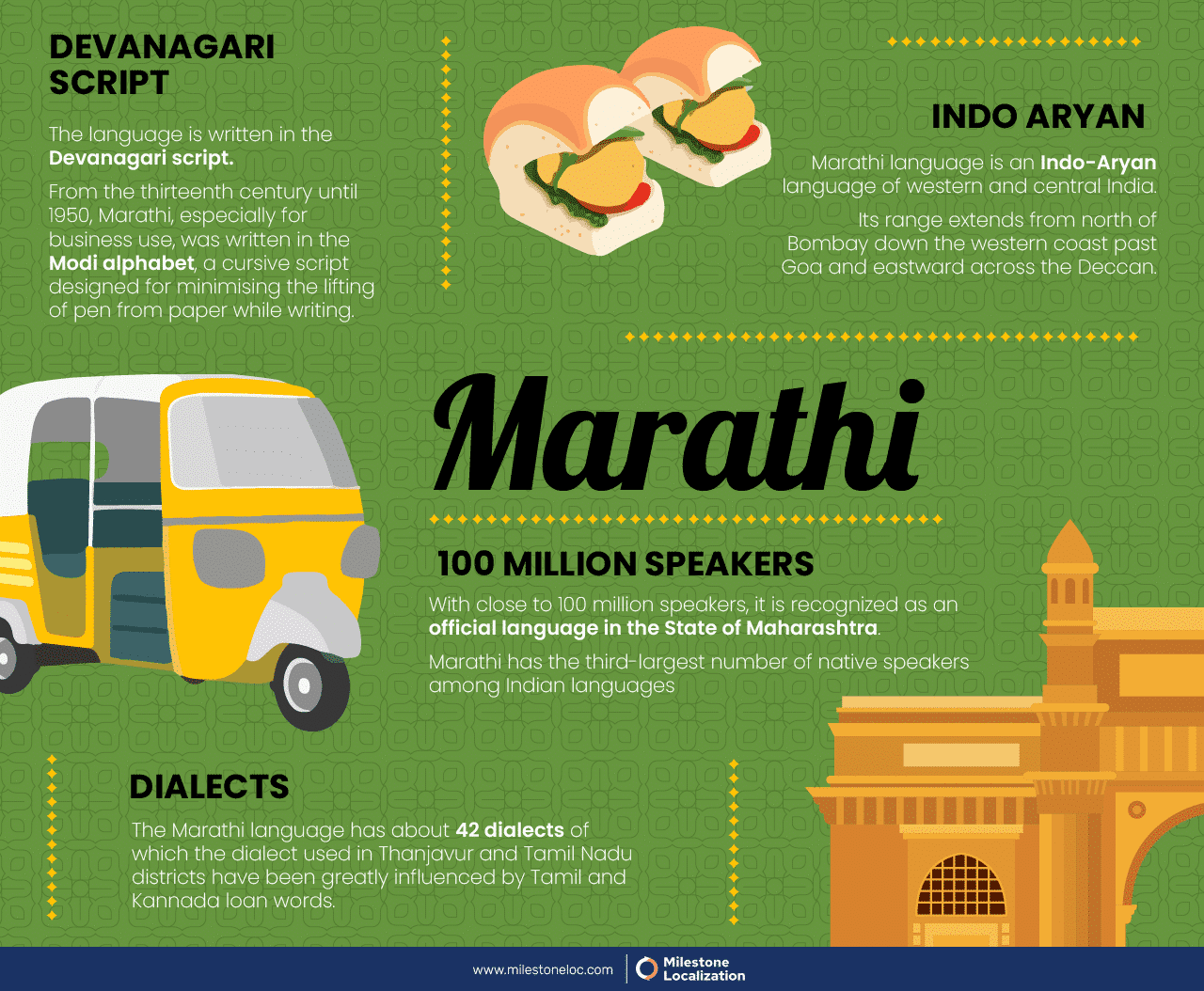
However, it is also believed that Marathi is also influenced by Dravidian languages such as Kannada and Tamil, arguably because of shared borders.
For instance, the usage of the suffix “kade” to indicate a side or a location. In Kannada, ನಮ್ಮಕಡೆ (nammakade) means our side, and in Marathi, it is आमच्याकडे (amchyakade)
The language has also borrowed loan words majorly from Persian, Arabic, and Turkish during the Mughul rule along with Portuguese, English, and a few Dravidian languages.
For example, बटाटा (baṭāṭā), meaning potato, is borrowed from Portuguese “batata”
Also read: Top 5 Indian Languages Spoken in The USA
Dialects of Marathi
Not just in Maharashtra, the range of the Marathi language extends from the western coast past Goa and the Deccan towards the east. It is spoken widely in the neighbouring states of Goa, Karnataka, Telangana, Gujrat, Chattisgarh, and other places where the Maharashtrian rule was present.
As a result, there are various dialects of the Marathi language. Standard Marathi is used primarily by academicians, print media, and the elite class of Pune. Ahirani, Khandeshi, Varhadi, Wadvali, and Samavedi are other dialects spoken in Maharashtra, including the interior regions of Mumbai.
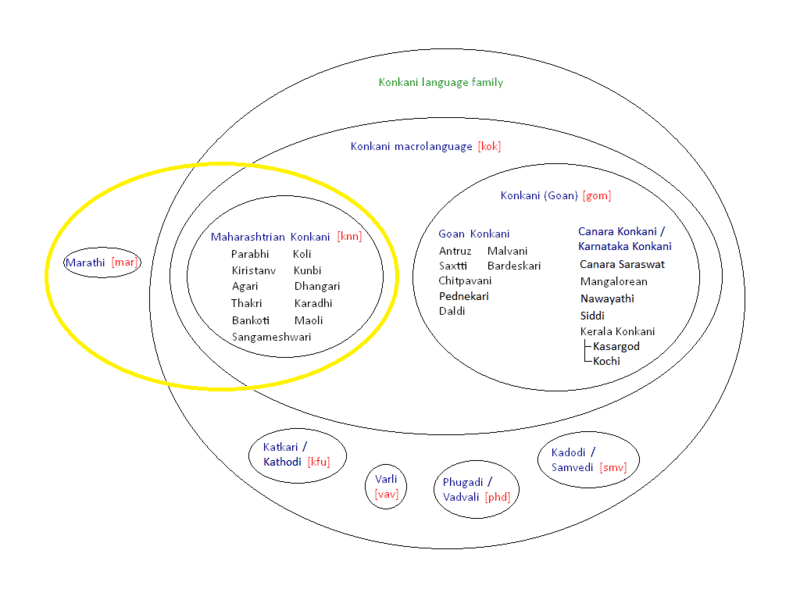
Although Konkani is considered by the constitution of India as one of the 22 scheduled languages, it is viewed as a different dialect of Marathi in Maharashtra. It is also spoken in Goa and some regions of the southern states and also has different dialects.
Bhavsar Marathi, Karwari, Chitpavani, Kudali, Dakshini, and Deshi are some of the Marathi language dialects spoken in a few regions of the Southern states.
Also read: Language vs Dialect vs Accent: What is the Difference?
Looking for translation services in Mumbai?
We provide professional translation services in Mumbai for any form of content in Marathi, Hindi, and 70+ languages.
Current Status of the Marathi language in Mumbai and Maharashtra
Although Marathi is the most spoken among the various languages of Mumbai and the state of Maharashtra, the city has seen a decline in the Marathi speakers and an increase in the Hindi-speaking population.
As per the 2011 census, the percentage of Marathi speakers in Mumbai reduced by 2.64% as compared to the 2001 census whereas the percentage of Hindi speakers went up by 27.24%.
Also read: What Are The Fastest Growing Languages?
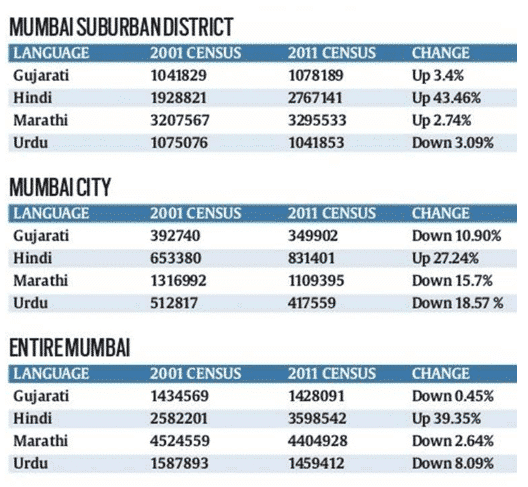
Since then, various efforts have been taken by the Government of Maharashtra to conserve and develop Marathi.
In 2017, the Maharashtra Government made it compulsory for all shops and establishments to put up sign boards in Marathi and the Devanagari script.
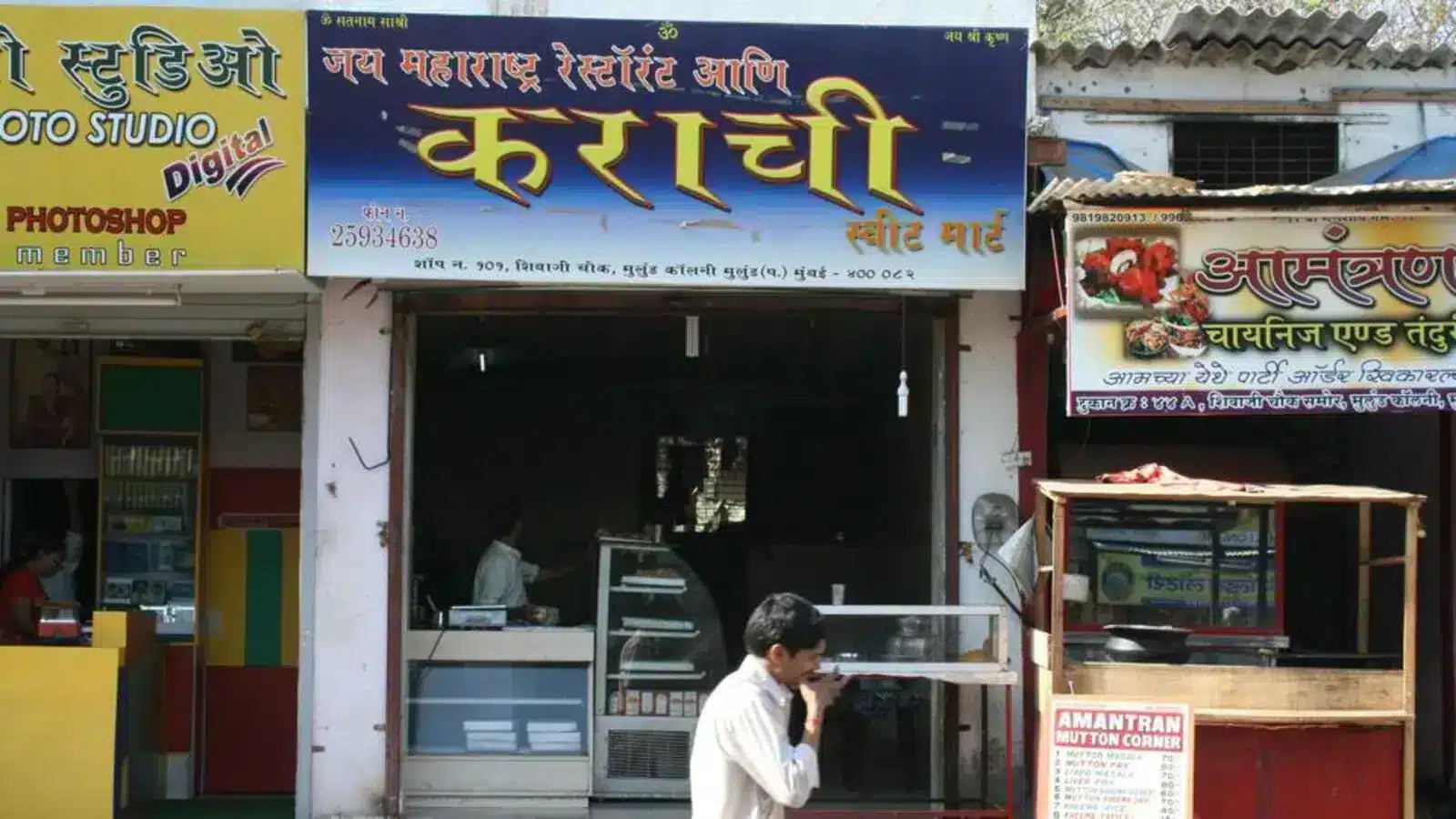
Starting from the Academic year 2020-21, Marathi has been made a mandatory subject in all schools across Maharashtra.
Marathi was accepted as the official language of Maharashtra as per the 1964 law. However, until recently, it was not mandatory for the local bodies such as municipal corporations, statutory corporations, and others to use Marathi. In 2022, the state cabinet approved a Bill that proposed the use of the Marathi language for all official purposes in local authorities.
Efforts have also been made to expand the Marathi writing on the internet and promote the language within and outside the state of Maharashtra as well.
In Conclusion
Over the years, the dream city has attracted a lot of immigrants from different parts of the country, resulting in a lot of languages being spoken in Mumbai. This financial capital of India is ever-growing and has given rise to various translation companies and language service providers to meet the demand for content in multiple languages.
Milestone Localization is a translation agency in Mumbai providing professional translation services for all types of content in Marathi, Hindi, Chinese, Japanese, French, and 70+ languages.
Looking for translation services in Mumbai?
We provide professional translation services in Mumbai for any form of content in Marathi, Hindi, and 70+ languages.

